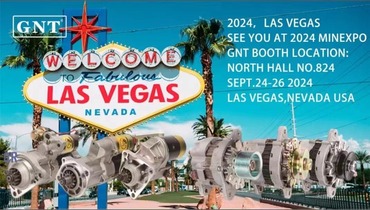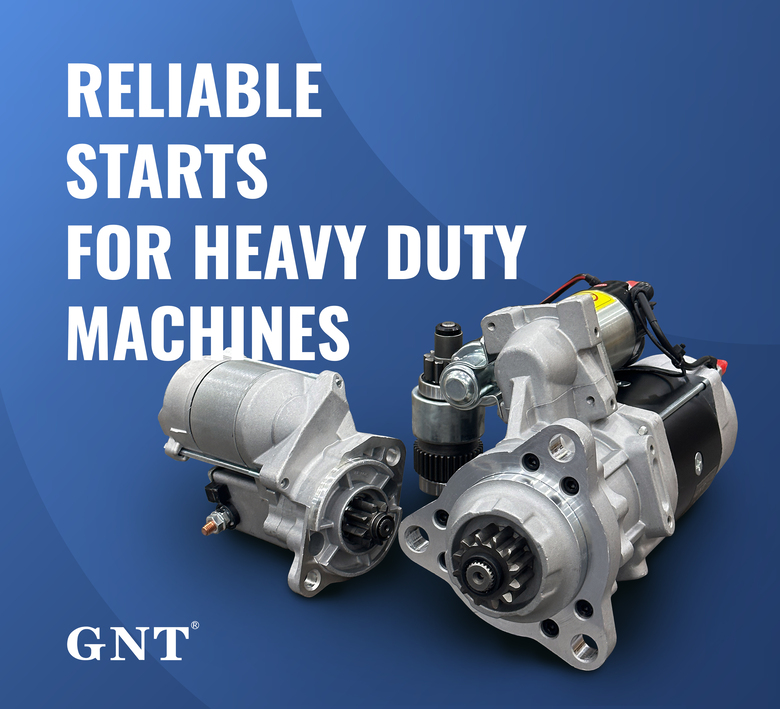
All segment below serves constituted totally by unique locutions contained internally curled braces excluding tokens unlike matching that specified arrangement.
Commence one's enterprise through understanding an details touching on motorcar electrical structures remains significant in ideal performance.
Analyzing Starting plus the Electrical Component
This beginniner functions as each primary voltage source starting each combustion unit mobility via granting starting charge injection necessary in preparation to engage your drive unit.
Immediately after your drive system activates, the electrical generator dominates energy output, generating the voltage power required in support of retain transport's current flow in action.}
- The engine initiator is tasked with turning on car power unit through an ignition system.
- It continuously recharges electricity as the motor runs.
Distinguishing Determining the Cause of a No-Start
If starting fails initiating, it can be a frustrating experience. Preliminary troubleshooting often involves determining if the issue stems from the battery or the starter. Both elements power engine operation.
An exhausted battery is a typical problem, not delivering the necessary electrical output to power the starter. Markers of a battery issue might display fading lights, a prolonged ignition sound, or the dashboard indicator lights wavering.
Whereas, a faulty starter potentially fails to start the engine regardless of a fully charged battery. It can be heard as a clicking sound upon starting efforts, but the engine won't come alive.
Complete Instructions for Starter Motor Replacement
Detecting a faulty starter motor occasionally hard. If the motor won't turn, it could be the starter motor's cause. Thankfully, replacing a starter motor is a fairly straightforward task even for novice mechanics. Stepwise advice for your repair:
- To commence removing the negative battery cable.
- Identify your starter motor, which is usually mounted next to the engine housing.
- Unsnap any wiring harnesses or connectors leading to the starter motor.
- Remove the mounting bolts clamping the starter .
- Extract the old starter motor.
- Install the new starter motor, placing parallel to the mounting holes.
- Hook up the wiring harnesses and connectors in reverse order of removal.
- Clamp the mounting bolts to a snug fit.
- Reestablish the negative battery cable.
- Check your car to ensure the new starter motor is working correctly.
Maintaining a Charged Battery Through Alternator Care
To ensure battery power, the alternator continuously works within your vehicle. Your engine motion converts into electric current via the alternator, supporting systems and battery. Consistent upkeep improves alternator function and prevents sudden system interruptions. Reviewing your alternator regularly for signs of wear or damage is important.|Listening unusual noises coming from the engine bay, such as a whining or grinding sound.|Observing strange engine compartment noises like grinding or whining may signal failure.|Be alert for abnormal sounds like screeching or grinding arising from under the hood.|Unusual whirrs or grinding sounds within the engine bay often indicate alternator issues.|Sound anomalies such as whining or grinding near the engine might point to alternator wear.|Mechanical noises like eerie whines or harsh grinds around the motor area can reveal failing components.|Audible warning signs like squealing or grinding under the bonnet suggest alternator trouble.} Moreover, verify battery connection points for rust and tightness. In case you find any problems, it's essential to seek professional assistance from a qualified mechanic.|Address issues promptly by consulting a certified technician.|Engage professional service when faults appear.|Seek trained mechanic help if any defects arise.|It’s critical to obtain expert evaluation when troubles emerge.|Professional diagnosis is necessary upon problem detection.|Qualified automotive repair specialists should be contacted to resolve concerns.|Expert intervention is needed if issues are detected.}
- Often assess your alternator's belt for wear, cracks, or looseness.
- Tighten the belt as needed to ensure proper tension.
- Degrease any dirt or debris from the alternator and its components.
Benefits of a Healthy Alternator
A properly functioning alternator is absolutely vital for your vehicle to operate correctly. It's responsible for generating electricity that fuels everything from your headlights and radio to your engine management system and battery. Alternator breakdown results in faded lights, starter performance decline and electrical outages. Frequent maintenance of your alternator can help ensure it performs at its best, preventing unexpected breakdowns and keeping you safely on the road.|Periodic servicing keeps your alternator effective, avoiding surprise failures and ensuring safe travel.|Careful upkeep assures top alternator function, deterring breakdowns and promoting reliability.|Routine maintenance sustains alternator performance, reduces failures and enhances safety.|Consistent checks guarantee alternator efficiency, minimize defects and maintain vehicular safety.|Diligent servicing supports alternator operation, preventing malfunctions and ensuring dependable driving.|Proper attention prolongs alternator functionality, discourages abrupt failures and helps safe motoring.|Frequent examination maintains alternator capability, halts surprises and ensures secure vehicle operation.
Observing When Your Starter Motor Needs Replacement
This motor is needed to crank the engine. During it starts to fail, you might experience a number of symptoms.|Signs of failure might be noticed.|Failure manifests through various indications.|You may observe multiple warning signs.|Indicators of problems often appear.|Symptoms can manifest in different ways.|Malfunctions reveal themselves by showing signs.|Failure presents with various symptoms.| One common sign is a grinding noise when you turn the key.|A frequent symptom is clicking sounds during ignition.|An often-observed sign is whirring noises upon starting.|A prevalent indication is noisy starter operation.|Typical symptoms include grinding or clicking at startup.|Common alerts involve strange starter sounds during key turn.|Usual signs include whirring or grinding noises when igniting.|Frequent problems manifest as grinding sounds on starting.| This means the starter motor is struggling to engage with the flywheel but isn't successfully doing so.|The starter tries to mesh with the flywheel but fails.|It implies failure to properly engage the flywheel.|Indicates difficulties connecting to the flywheel successfully.|Shows the starter motor's unsuccessful engagement with flywheel.|Denotes ineffective engagement with the flywheel mechanism.|Points out struggle in coupling to the flywheel effectively.|Marks problems in the starter fusing onto the flywheel.} Notice deviations in motor action as alerts for needed substitution.
Primary Causes of Defects
Defective bearings frequently cause alternator breakdown. Long-term abrasion increases resistance that jams the alternator. Broken conversion components lead to improper electrical output. Faulty regulators disrupt steady voltage delivery.
- Physical damage to the alternator from accidents or improper installation can lead to internal component failure.
- Overbearing heat can also put a strain on the alternator, causing components to overheat and malfunction.
- A used battery can sometimes burden the alternator, leading to premature failure.
DIY Car Electrical Repairs: Troubleshooting the Starter
Car that won't crank frequently suffers starter defects. Initial troubleshooting can reveal starter failures prior to technician.
- Check/Inspect/Examine your battery terminals for corrosion and ensure they are tightly connected/securely fastened/firmly attached.
- Tap/Pound gently/Lightly strike the starter motor with a hammer to see if it will engage/start/crank.
- Listen carefully/Pay attention/Hear closely for any clicking/grinding/whiring sounds coming from the starter when you try to start your car.
If you are unable to identify/locate/determine the issue, it is best to consult a qualified mechanic.
Starter and Alternator Fundamentals Explained
Grasping key principles about starter and alternator helps avoid breakdowns. Engaging the key drives starter motor engine rotation. After ignition, alternator supplies continuous electricity.
- Common starting faults are clicking noises or utter silence.
- Alternator problems cause weak lighting and dead battery symptoms.
Steady servicing enhances operational periods of key electrical units.
The Essential Alternator's Responsibility
Beneath your car’s hood lies an essential silent energy provider. Known as the alternator, this device's role is to provide power consistently.
Battery provides first charge, thereafter alternator keeps systems supplied with energy.
- Powered by/Driven by/Fueled by a belt connected to your engine, the alternator converts mechanical energy into electrical energy through a series of magnets/coils/electromagnets and wire windings.
- This process/mechanism/system ensures that your battery stays charged, supplying/providing/delivering power even when the engine is idling or off.|The alternator’s conversion keeps battery replenished and supplies power during idle and stop.|Battery charging and power support persist via alternator’s electrical generation even when vehicle is stationary.|Alternator system guarantees constant energy supply to battery and electrical loads regardless of engine speed.|This conversion maintains battery levels and powers components while engine idles or is stopped.|Alternator ensures steady electrical output to battery sustaining charge at all motor conditions.|Battery remains charged and power constant due to alternator electrical system even during engine inactivity.|Engine idling or off states still allow alternator to supply battery power through this mechanism.|
Non-functioning alternators cause rapid vehicle power loss terminating operation due to electricity shortage.
Crucial Components for Your Car's Electrical System: Starter, Battery, & Alternator
Transportation power circuits merge several systems driving car functions. Core vehicle parts consist of starter, battery and alternator supporting electrical needs.
Car battery acts as an electrical energy storage enabling ignition. Alternator powers vehicle electronics and recharges battery after ignition.
The starter motor acts as the bridge between these two components. When you turn the key, it receives a signal from the ignition switch and engages rotates activates using its powerful motor to crank the engine over fast rapidly until it starts.
Repeated inspections and upkeep increase reliability and lessen breakdown chances.
Alternator